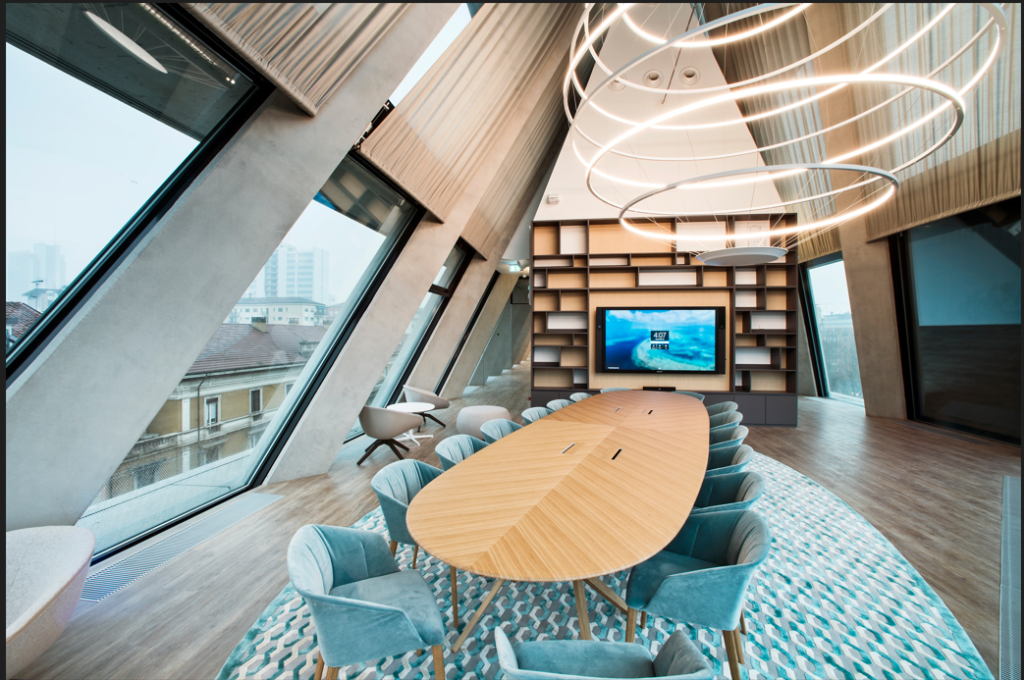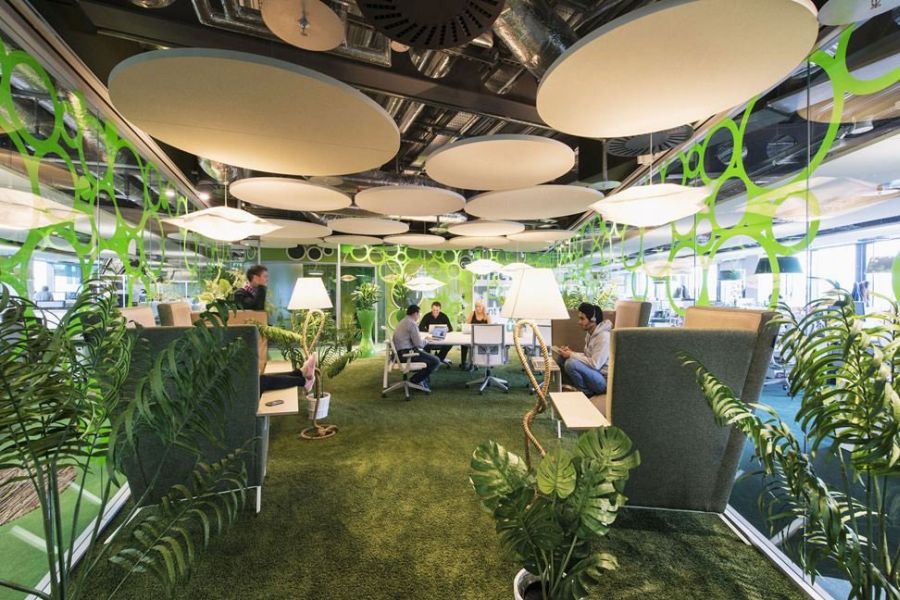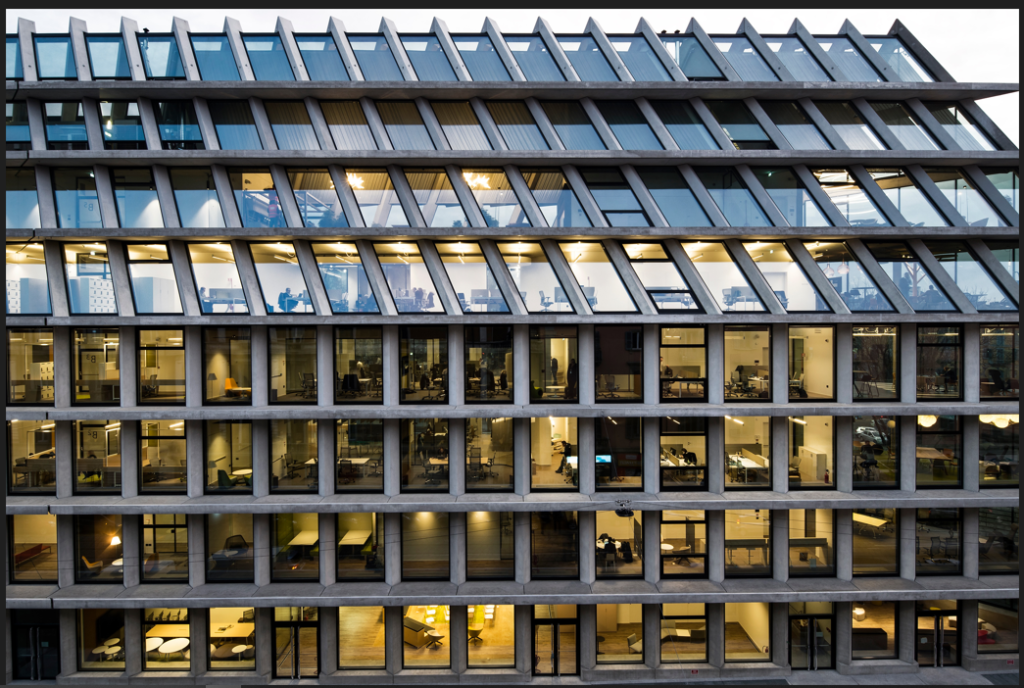
Human-centric design, also known as user-centered design, is an approach that prioritizes the needs, preferences, and experiences of humans throughout the design process. It requires understanding and empathizing with users’ perspectives, behaviors, and goals in order to create solutions that meet their specific needs.
In human-centric design, designers actively involve users in the design process through research, observation, and feedback. By gaining insights into user motivations, challenges, and expectations, designers can create intuitive and user-friendly products, services, or systems that address those needs effectively.
This approach emphasizes usability, accessibility, and inclusivity, aiming to create experiences that are intuitive, enjoyable, and meaningful for people. It involves iterative design and testing, refining solutions based on user feedback and evolving requirements.
Overall, human-centric design seeks to enhance people’s lives by ensuring that products and services are tailored to their unique needs and provide a positive and engaging user experience.
At The Center Of People’s Physical And Emotional Needs
Human-centric design is highly relevant and widely embraced in the current trends of design. Here are a few reasons why:
User expectations. Users today have higher expectations when it comes to the experiences they have with products and services. Human-centric design aims to meet those expectations by placing the user at the center of the design process, resulting in more intuitive, seamless, and engaging experiences.
Personalization. With the advancement of technology, personalization has become increasingly important. Human-centric design allows designers to understand users’ unique needs, preferences, and behaviors, enabling them to create personalized experiences that cater to individual users or specific user segments.
User empowerment. Human-centric design empowers users by giving them a sense of control and allowing them to actively participate in shaping the products and services they use. Through user research, feedback, and co-creation, designers can incorporate user perspectives, ensuring that solutions meet real-world requirements.
Inclusivity and accessibility. Designing for diversity and inclusivity is a growing concern in many industries. Human-centric design promotes inclusivity by considering diverse user profiles, abilities, and needs. It aims to create inclusive designs that can be accessed and used by as many people as possible, regardless of their backgrounds or capabilities.
Ethical considerations. Designers are increasingly aware of the ethical implications of their work. Human-centric design emphasizes ethical considerations by ensuring the well-being and safety of users, respecting their privacy, and avoiding biased or discriminatory practices.
The Key Elements of Human-Centric Design
Ergonomics, Accessibility, Comfort, and Personalization are the critical elements of the Human Centric Design school. Here’s an explanation of each one of them:
Ergonomics. Ergonomics refers to the study of designing products, systems, and environments that fit harmoniously with human capabilities and limitations. It aims to optimize the interaction between users and their physical surroundings to enhance comfort, performance, and safety. In human-centric design, ergonomics is crucial in designing products and interfaces that are easy to use, intuitive, and physically comfortable for users of varying sizes, shapes, and physical abilities, just like the mario bellini sofa does! Click here to know more about it
Accessibility. Accessibility in human-centric design focuses on creating designs that can be accessed and used by individuals with disabilities or impairments. It involves removing barriers to ensure that everyone can benefit from the designed experiences. This can include considerations such as providing alternative text for images, captioning videos, using color contrast for readability, implementing assistive technologies support, and designing interfaces that are navigable by individuals with visual or motor impairments.
Comfort. Comfort is an essential element of human-centric design, aiming to create environments and products that promote physical and psychological well-being. This includes designing furniture, equipment, and interfaces that are ergonomically supportive, appropriately sized, and adjustable to accommodate various body postures and preferences. Comfort also extends to creating a pleasing and calming aesthetic environment that reduces stress and promotes relaxation.
Personalization. Personalization is tailoring experiences and products to individual user needs, preferences, and characteristics. In human-centric design, personalization involves understanding user profiles, demographic information, and specific requirements to offer customized experiences. This can range from adaptive interfaces that allow users to personalize the layout or content to personalized recommendations based on user behavior or preferences. By providing personalized experiences, human-centric design strives to create more relevant, engaging, and impactful solutions for individuals.
By considering and incorporating ergonomics, accessibility, comfort, and personalization, human-centric design ensures that designs are optimized for the diverse needs, capabilities, and preferences of users, leading to more inclusive, enjoyable, and user-friendly experiences.
Human-Centric Design: 3 Samples
Here are three examples of how designers are bringing nature into spaces and making them more awesome for people.

One project that does this really well is the Google Campus in Dublin, Ireland. This biophilic project is all about using natural elements like water, plants, light, wood and stone to create a connection with nature and improve well-being. The Google Campus in Dublin has a lot of green walls, natural materials, organic shapes and natural ventilation.

Another project to consider is the Microsoft House in Milan, Italy. It has a lot of flexible spaces, collaborative areas, interactive technologies, and playful elements. It looks like a fun place to work and hang out.

And another project that does this really well is the New Territories Lab in Mexico City, Mexico. It’s a participatory design studio that works with marginalized communities to co-create solutions for their urban challenges. It looks like a social impact project that empowers people and improves their quality of life.
Who are the big names in Human-Centric Design Trends?
Human-Centric Design is a fascinating and exciting field that focuses on creating solutions that are tailored to the needs, preferences, and values of the people who will use them. But who are the big names in Human-Centric Design nowadays? Who are the innovators and influencers that are shaping the future of this discipline? Here are some of the people that you should know about:
Don Norman. He is widely regarded as the father of Human-Centric Design, as he coined the term in his seminal book The Design of Everyday Things. Don Norman is also the co-founder of the Nielsen Norman Group, a leading consultancy in user experience and usability. He has written several books and articles on design, psychology, and technology, and he is an advocate for making products and services more humane and enjoyable.
IDEO. This is not a person, but a company that has been at the forefront of Human-Centric Design for decades. IDEO is a global design and innovation firm that works with clients from various sectors and industries to solve complex challenges through human-centered methods. They have developed iconic products such as the Apple mouse, the Palm Pilot and the Swiffer, as well as social innovations such as the Aravind Eye Care System and the d.light solar lantern. They also have a strong educational mission, as they offer online courses, books and tools to help anyone learn and practice Human-Centric Design.
Kat Holmes. She is the founder of Mismatch.Design, a platform that connects people who want to learn about inclusive design with experts who can teach them. She is also the author of Mismatch: How Inclusion Shapes Design, a book that explores how designing for human diversity can unlock more innovative and equitable solutions. She was previously the director of user experience at Google, where she led projects such as Google’s Disability Support Team and Project Respect, an initiative to make AI more inclusive.
The Future of the Human-Centric Design Approach
Human-Centric design is not going anywhere anytime soon. In fact, it’s only going to get more awesome and more popular in the future. Why? Because people love to feel comfortable, cozy, and connected to their spaces. They want to have a say in how their environments look and feel, and they want to express their personality and style through their choices. Human-Centric design is all about that.
So how will it evolve in the future? We’ll probably see more and more customization, personalization, and collaboration in the design process. People will be able to choose from a variety of options, colors, textures, materials, and features to create their own unique spaces.
They’ll also be able to share their ideas and feedback with other users, designers, and brands through social media, online platforms, and smart devices. And they’ll be able to change and update their spaces easily and quickly whenever they feel like it.
The human-Centric design will also become more sustainable, ethical, and inclusive in the future. People will care more about the impact of their design choices on the environment, society, and themselves. They’ll opt for eco-friendly, recycled, and natural materials that are durable, biodegradable, and non-toxic. They’ll also support local artisans, small businesses, and fair trade practices that respect human rights and diversity. And they’ll design for accessibility, usability, and comfort for all kinds of users, regardless of their age, ability, or background.

Leave a Reply